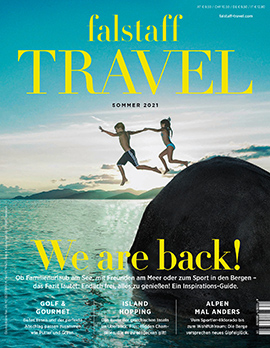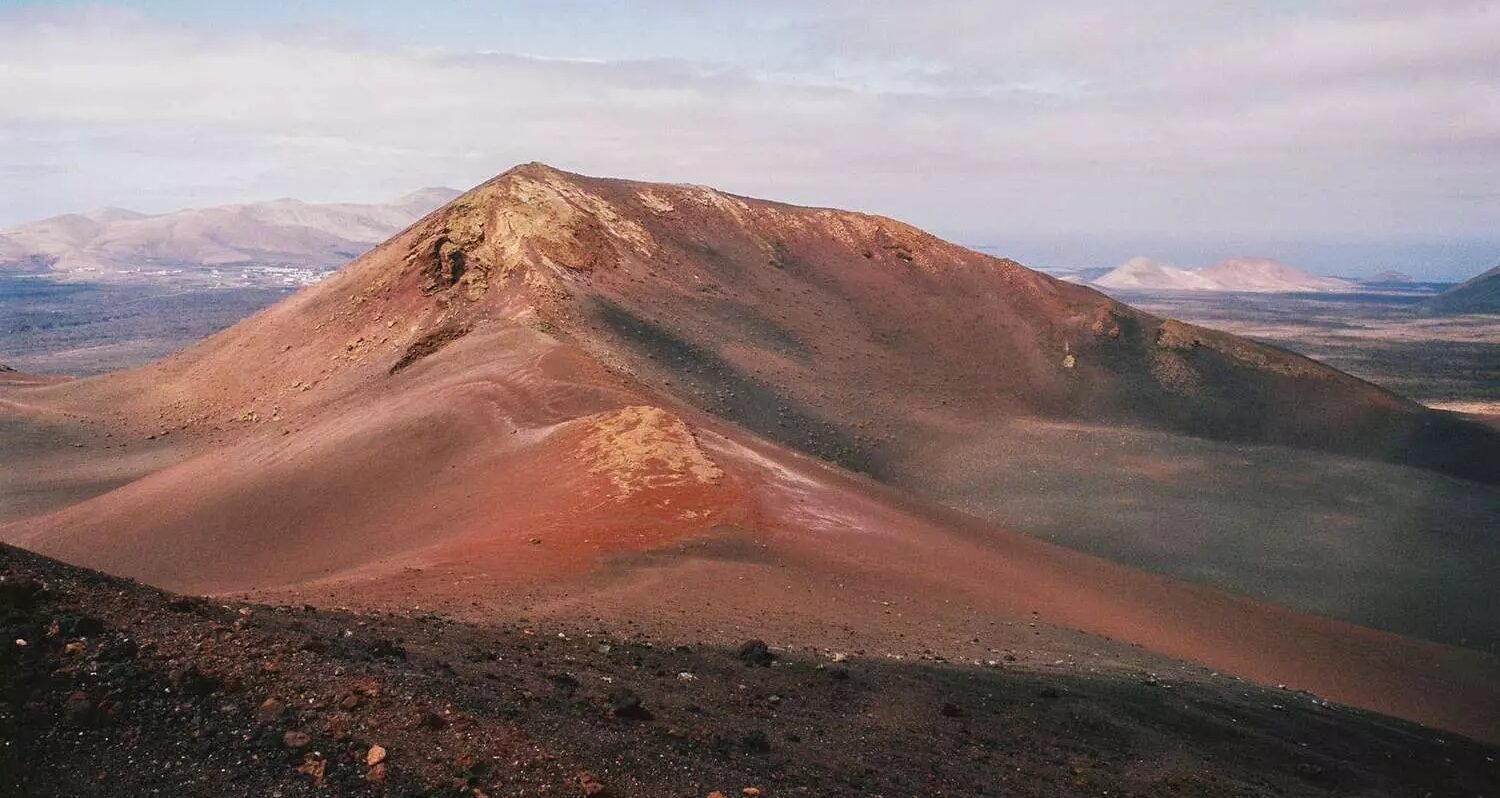
Timanfaya National Park Lanzarote: In search of life on Mars
Mars mission in the Canary Islands.
April 2, 2021
Extraterrestrially beautiful: Timanfaya National Park has long been closely linked to NASA's official Mars mission. Because of its scenic resemblance to the red planet, Timanfaya serves National Park on Lanzarote regularly serves as a training area for astronauts involved in NASA's prestigious project. Most recently, the Mars robot "Perseverance", which was also previously tested on Lanzarote, successfully landed on the celestial body - NASA even christened the area around the landing site "Timanfaya" afterwards, thus once again acknowledging the special importance of the natural space for the mission.
National park resembles Mars conditions
The conditions that make Timanfaya National Park the ideal training ground for the Mars mission are obvious: the unique volcanic soil, the proximity to the European mainland and the special protection that the park enjoys as a UNESCO World Heritage Site make this natural wonder the perfect test laboratory for technical equipment and astronauts alike.
The European Space Agency (ESA), which works closely with NASA, chose Lanzarote as a training ground because the conditions there are very similar to those on Mars, 54.6 million kilometres away. "On Mars, the soil is volcanic in origin, just like on Lanzarote. The basalt is the same as on the red planet - even just visually, the similarity is striking!", continues Antonio Manuel Eff-Darwich, Professor of Astroseismology at the University of Laguna, who also conducts research at the Canary Islands Institute of Astrophysics. "Timanfaya National Park is therefore an excellent place to test which plants could possibly be grown on Mars and how much moisture the soil can absorb in terms of agricultural endeavours. In addition, on Lanzarote we gain important insights into the habitability of possible lava tubes, which also exist on Mars."
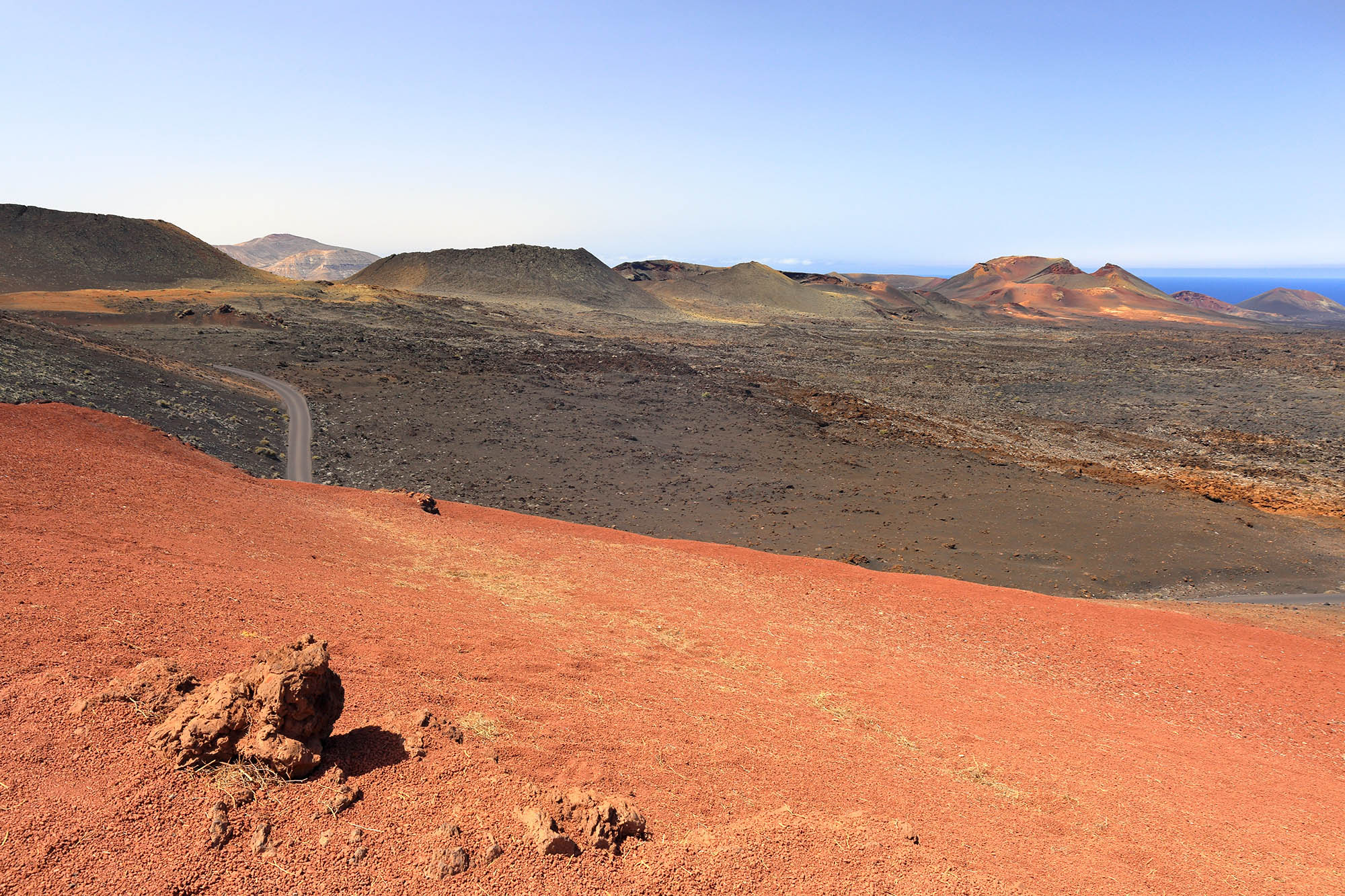
Lanzerote as a pearl of planetology
In recent years, the ESA has repeatedly sent astronauts to Lanzarote to train under Mars-like conditions. "With the help of the rock and minerals on the island, we get a profound impression of the history of Mars," explains researcher Jesus Martínez Frías, among others. The Spanish Minister of Science, Miguel López Alegría, is also aware of the importance of the island for research: "Lanzarote is a treasure, a true pearl of planetology. The island stands out both for its proximity to the ESA headquarters in Europe and for its special protection as a biosphere reserve and UNESCO World Heritage Site."
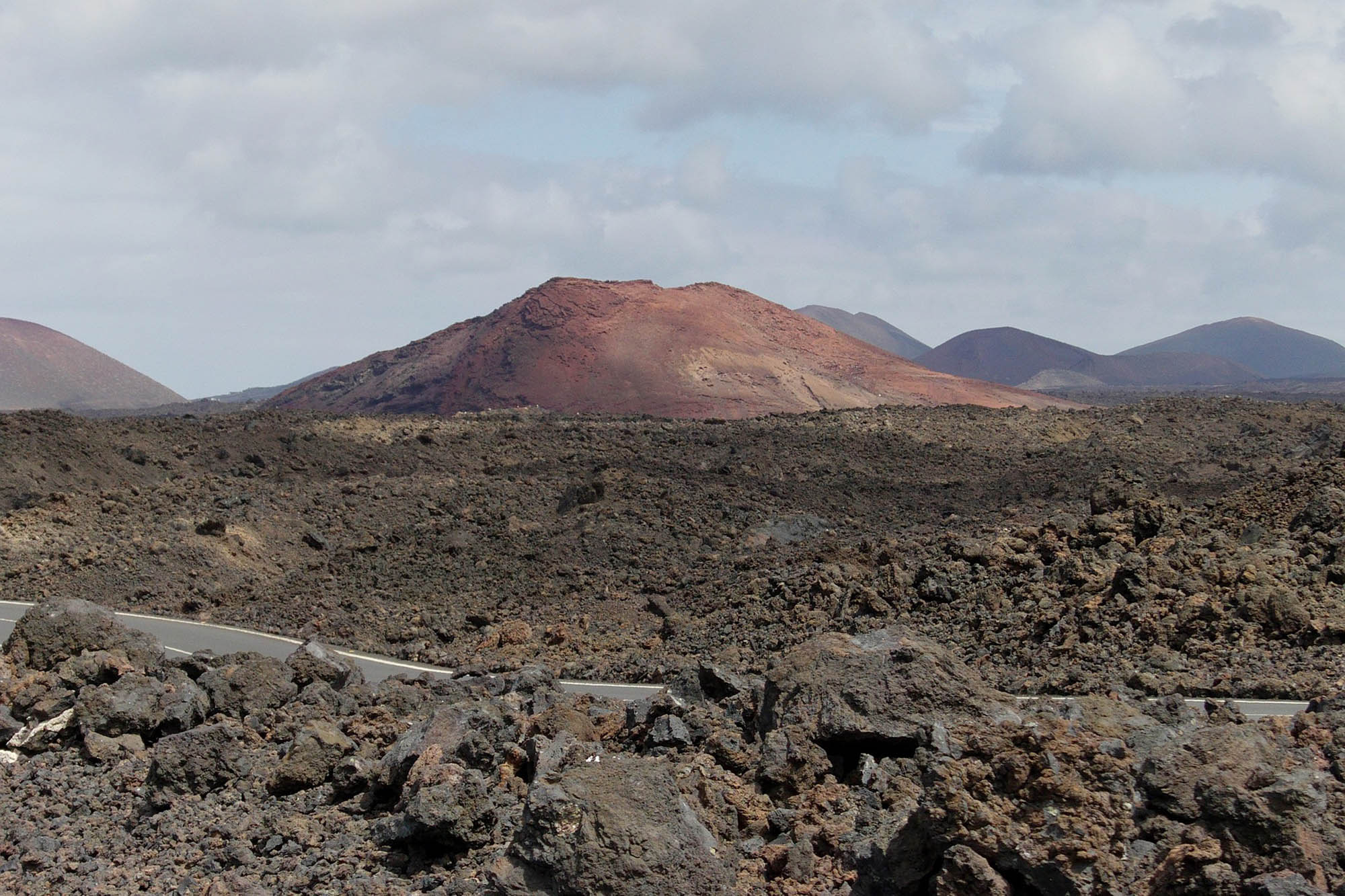
As a tour guide on Lanzarote, Jesús Prieto Ruiz accompanied the ESA delegations during their training on the island. They chose the area around the Tinguaton volcano, right next to the Timanfaya National Park, as a training location, as such activities are not permitted in the actual nature reserve. The researchers also drew on suitable georoutes in Caldera Blanca, Timanfaya, Tremesana and Los Ajaches for their studies. "Scientists from a wide variety of research fields came: physicists, molecular biologists, agricultural engineers, volcanologists and, of course, the astronauts," recalls Ruiz, adding, "Timanfaya marks the beginning of life on Earth because, thanks to a huge eruption between 1730 and 1736, the full spectrum of prehistoric geology can now be studied here. Within six years, the area changed fundamentally at that time, so that today the region can be described as a geological infant. Due to its young age, the national park is not yet heavily covered with vegetation, unlike other volcanic areas such as Hawaii. In Lanzarote, all known volcanic phenomena can be discovered - and within just a few kilometres."
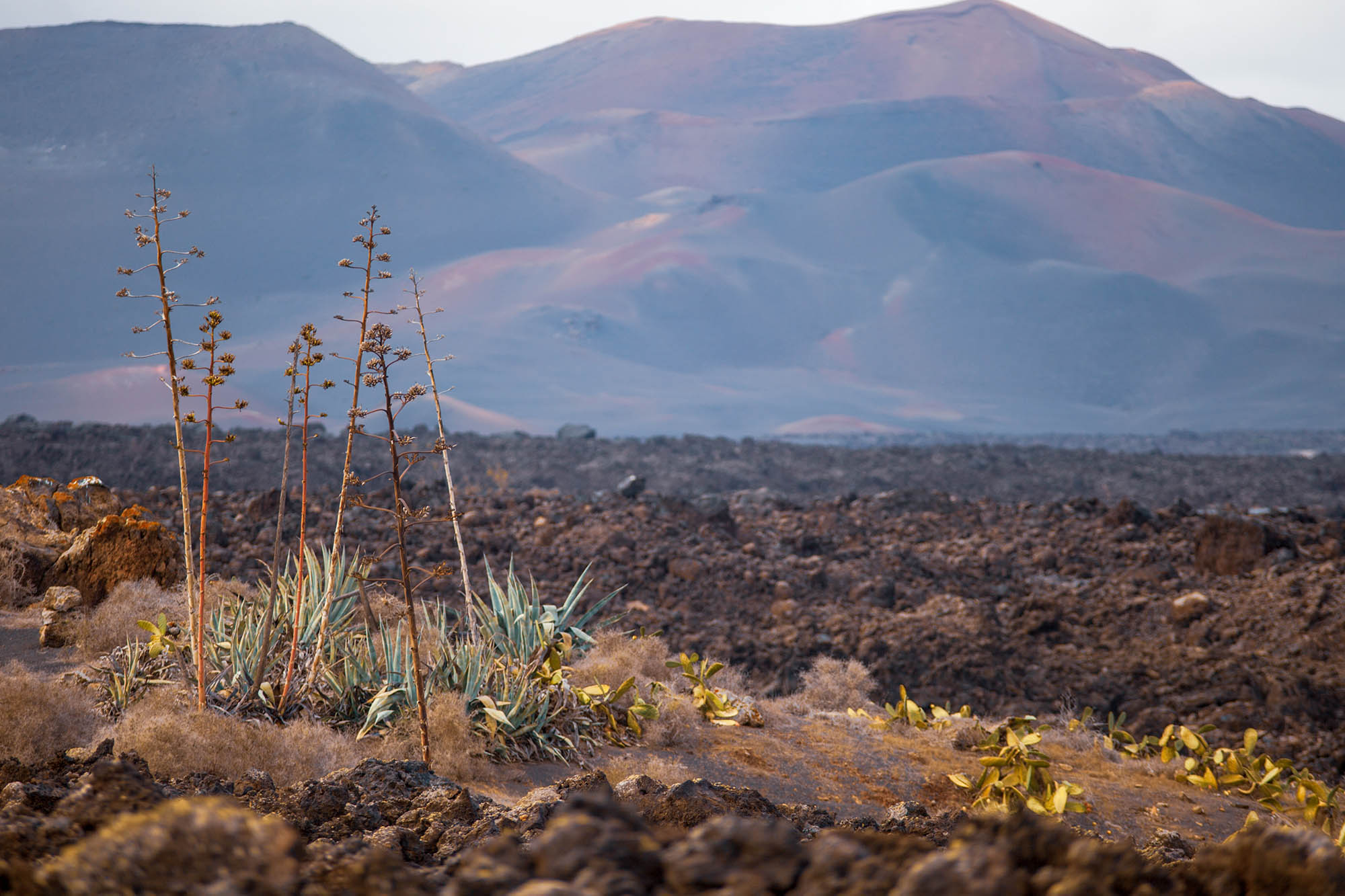
Picture Credits: Thibault Mokuenko / Unsplash, Juan Carlos Otero / Unsplash, Martin Woortman / Unsplash, FlorianJung / Pixabay
